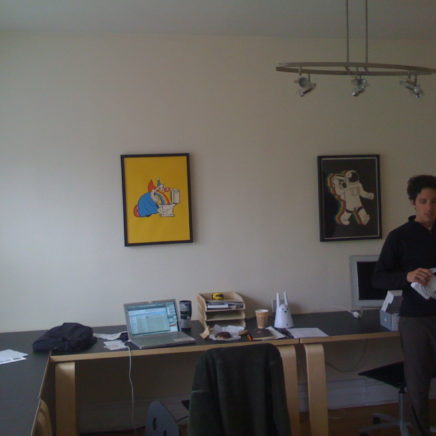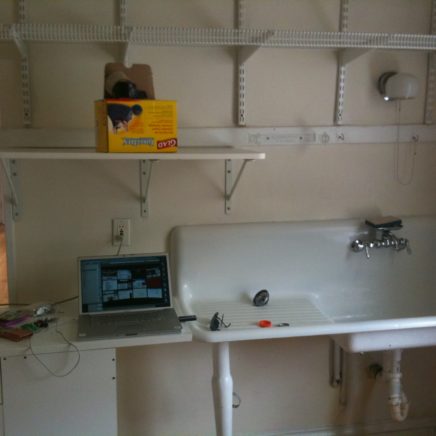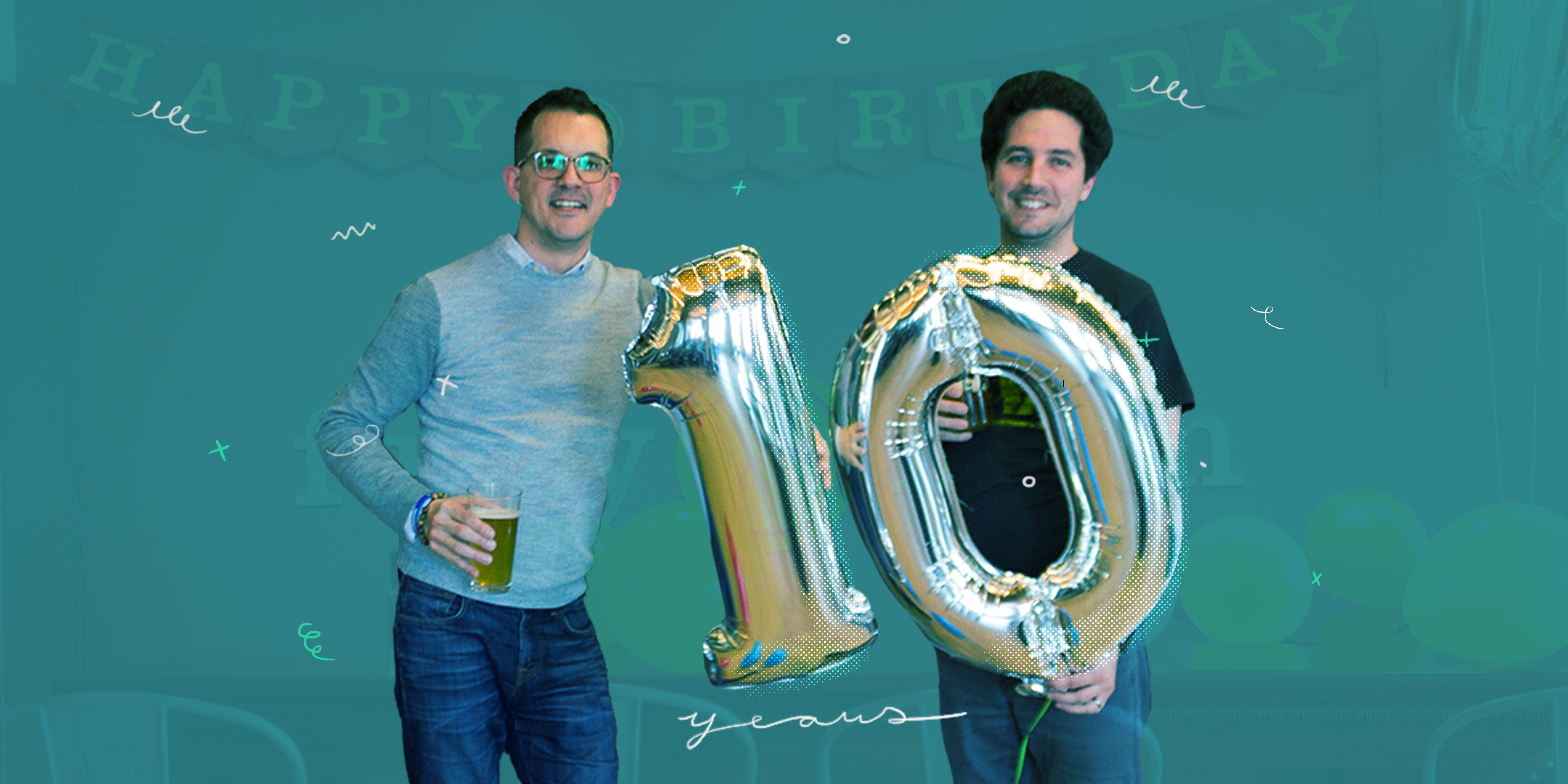
April 1, 2019 marked a decade of Fuzzy Math! 🎉 🎂
To celebrate, not only did we fill a conference room to the brim with balloons, but we also took some time to reflect back on the last 10 years and answer your questions about Fuzzy Math’s history, what we’ve learned from a decade of running a business, and what makes Fuzzy Math special.

What are some of your favorite memories from the really early days of Fuzzy Math?
Our First Office
Ben Ihnchak: I remember touring our first office and having serious doubts that it was zoned for business. Between the building looking a lot like a standard two-flat, the floor plan looking more like a 3-bedroom apartment than an office, and a claw-foot bathtub, I’m pretty sure I was right. The landlord assured us it was OK to use how we intended, so we signed the lease. Not long after moving in, Cancer Treatment Centers of America wanted to come by our office and check it — but mostly us — out before committing to an agency for their intranet redesign. Someone, who was clearly an important person, walked in and immediately asked us, “Which one of you lives here?” Not exactly the first question we wanted to answer, but we won the project anyway and shortly after moved out. Of course, the next tenants used the space as their apartment.
Fuzzy Math Headquarters (2009–2019)
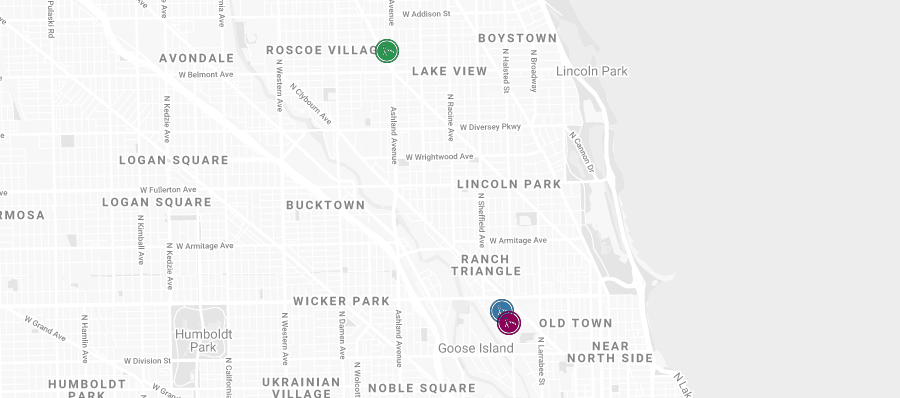
Our First Business Trip
BI: Our first trip to Seattle for Microsoft (quite a big deal for a young company) had a couple fun memories. We were heading out to the kickoff, which was stressful enough on its own, but the real stress was the realization that Mark and I approach the airport very differently. I like to get to the airport with plenty of time to spare so I can casually get through security, grab some food or beer, and be ready to board with as much time as possible. It turned out that Mark was the exact opposite. I was chilling at the gate and watching the minutes tick by. The first group boarded, then the second group, and then the entire plane was on board except me, some stragglers… and no sign of Mark. I debated whether to ask the gate agents to page him since we were down to a handful of minutes before departure. That’s when he strolled to the gate, bag over shoulder, without a care in the world. I was sure something must have happened to delay him, but nope, he got there right when he planned to.
Once in Seattle, I witnessed the happiest I’ve ever seen Mark in the 13 years that I’ve known him. We were near the end of our multi-day kickoff and decided to eat at a place highlighting the local fare: seafood. I’m not a seafood person, so I had no idea what to expect. After ordering, everyone (except for me, who got a veggie burger) was given a bib, a small hammer, and some crusher things. Then we see literal buckets of seafood — crabs, lobster, crawfish, and oddly, in my opinion, corn — dumped onto the table. My reaction was a mix of awe and maybe a little disgust, but Mark could not have been happier. I learned a lot on that trip.
Client Locations (2009-2019)

How has Fuzzy Math evolved in the past 10 years?
BI: I don’t think I had any real hopes ten years ago besides “I hope this works!,” or more likely, “I hope I didn’t just make a huge mistake!,” so pretty much everything has exceeded my hopes.
We’ve grown from just the co-founders doing everything from sales to the design work into, I believe, a real company. Reflecting these last couple weeks, I think it’s funny how little I’ve noticed the incremental changes day-to-day that have turned into big changes over the years. Mark and I have very different personalities and strengths and weaknesses, and I think we’ve done a very good job in bringing the best of ourselves to the company. I think the same is true for the employees, too. I hope that we continue to bring out the best in ourselves and each other to keep this place always growing and changing.
#Kids-and-Pets of Fuzzy Math
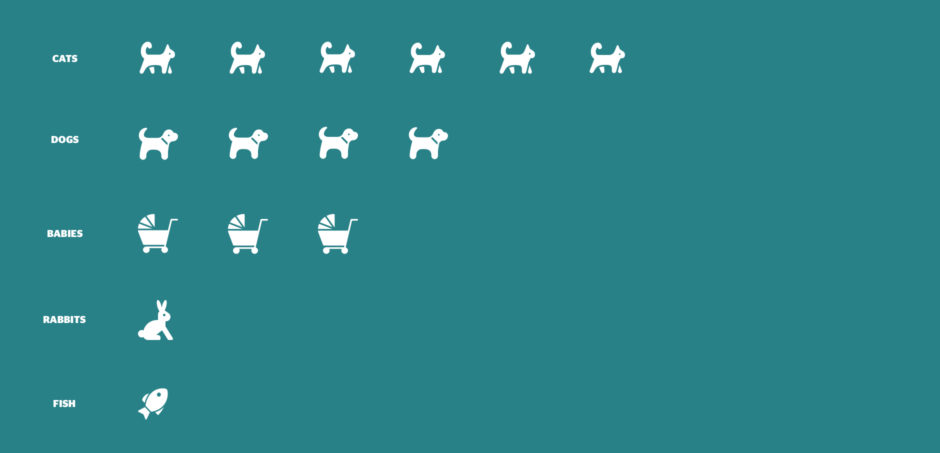
What accomplishment are you most proud of?
BI: I am very proud of the work we do, but more so how we do it. We have driven, talented folks working closely together on problems with no clear answer, but we’ve never really had any issues. I think that’s pretty special.
I am proud of anyone who has called themselves a Fuzzy Mather.
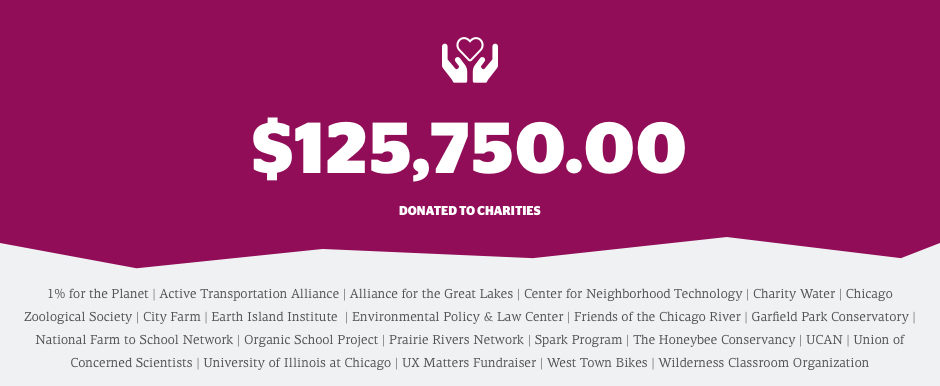

What are 3 lessons you’ve learned from the past 10 years?
1. It’s all about the people
Mark Baldino: At the end of the day, the people who we choose to spend our time with while we’re on this planet is all that matters — and I’m immensely lucky that the team here at Fuzzy Math chooses to spend time here with me. We’ve always intended to hire sharp, interesting, creative, hard-working people, but it’s been a bonus that all of them turned out to be nice, humble, and good people as well.
There is also a delicate balance between employee and client satisfaction when running a consultancy: retaining this group means we need to advocate for their needs in the long term, but keeping the business running and growing means we need to advocate for the needs of our clients in the short term. Figuring out that balance has been a unique challenge. Sometimes we need to push the team to learn and grow in difficult situations, and sometimes we need to say goodbye to a client or pass on a project that isn’t a great fit for Fuzzy Math.
A Breakdown of Fuzzy Math Employees (2009–2019)
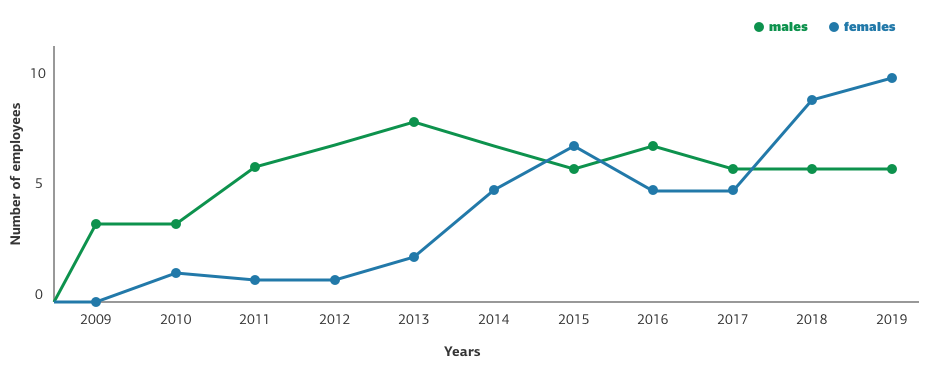
2. You can work at and on your business
MB: I’ve heard many times that owners need to work “on” their business, not “at” their business. I disagree. Without doing both, owners can lose sight of what makes their business tick, what their team is struggling with, and what their clients truly need.
Keep your head down for the first few years, and work hard on as many projects as possible. It might sound counterintuitive, but don’t worry about the long-term picture too much or a growth strategy too early. Instead, grow your business by making sure the projects going out the door are of the highest possible quality. After all, happy clients will want to work with you again, and it’s no secret that word of mouth is one of the most valuable ways to generate new business. Work at your business while working on your business, because pragmatism, flexibility, and productivity is a growth strategy that serves both your business and its most valuable assets – your clients and your employees.
3. You don’t need all the answers, all of the time
MB: A common mistake design consultants make is thinking that our clients pay us for answers when really they pay us to help them solve a problem. It can be a challenge to know when to respond, when to stop talking, and when to let the client know you need to think it over. Take it from me, after ten years working with every kind of client imaginable, I have yet to run into a problem asking for more time to give my client’s problems deeper consideration.
One of our special tools in user-centered design is empathy. And while we are great at extending that empathy to users, we also need to extend it to clients. Empathy for the human sitting across the table or on the other end of the telephone — truly trying to understand their goals and pain points — makes us better problem-solvers. Sure the client hired us to redesign their application, but more often what they need is a shared vision for that application and a better way to communicate it to their company.
Tamping down this need to “have all the right answers at all times” is a continual check on one’s ego and a personal challenge for me. But it’s always turned out better for a client when I’ve fought the urge to give a knee-jerk response.
We have to remember, our expertise is in providing a problem-solving framework and strategic guidance so we can collaboratively work with clients to get the job done right.
Websites Over the Years

